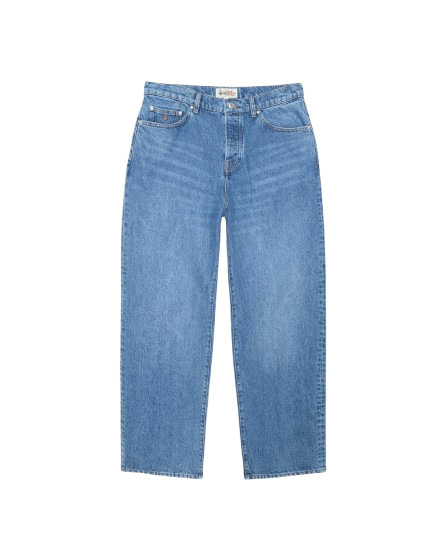Feeding the right amount of dry food is a cornerstone of good feline health. Cats thrive on balanced nutrition, and portion control ensures they receive just the right amount of calories and nutrients. Overfeeding can lead to obesity, diabetes, and joint issues, while underfeeding can cause a weakened immune system, dull coat, and lack of energy.
A well-portioned diet not only keeps your cat physically healthy but also improves their mood and behavior. Cats are creatures of routine, and providing consistent portions at regular times contributes to their overall sense of well-being.
Factors Influencing Dry Food Portions
1. Age and Life Stage
- Kittens: Require calorie-dense food to fuel their rapid growth. Feeding 3-4 small meals a day is recommended.
- Adult Cats: Need balanced portions to maintain their weight and energy levels. Two meals per day work well for most adult cats.
- Senior Cats: Often have slower metabolisms and may need fewer calories. Nutrient-dense food that supports joint and immune health is ideal.
2. Activity Level
Active cats that enjoy climbing, running, or playing burn more calories and may require larger portions. In contrast, sedentary indoor cats need fewer calories to avoid weight gain.
3. Breed and Size
Large breeds like Maine Coons need more food compared to smaller breeds like Siamese cats. Always consider your cat’s body structure and metabolism when determining portions.
4. Health Conditions
Cats with conditions like diabetes, kidney disease, or obesity may require specialized diets and portion adjustments. Consult your veterinarian for guidance in these cases.
Let’s Take Guidelines of How Much Dry Food to Feed a Cat?
Decoding Feeding Guidelines on Dry Cat Food Packaging
Dry cat food packaging provides helpful feeding charts, but these are generalized recommendations. Here’s how to tailor them to your cat’s unique needs:
1. Portion Recommendations
Feeding charts typically suggest daily portions based on your cat’s weight. Use these as a baseline and adjust as needed for factors like age and activity level.
2. Calorie Density
The calorie content (kcal per cup) varies between brands. Higher-calorie foods require smaller portions, while lower-calorie options may need larger servings.
3. Mixed Feeding
If combining dry and wet food, calculate the total calorie intake from both types to ensure you’re not overfeeding.
Tips for Measuring and Serving Dry Food
1. Use Accurate Tools
A kitchen scale or measuring cup helps ensure consistent portions. Avoid guessing or free-feeding, as this often leads to overeating.
2. Follow a Feeding Schedule
Divide your cat’s daily portion into 2-3 meals at regular intervals. This routine helps maintain energy levels and prevents hunger-driven overeating.
3. Account for Treats
Treats should not exceed 10% of your cat’s daily calorie intake. Subtract treat calories from their main meal portions to maintain balance.
Choosing the Best Dry Cat Food
The quality of your cat’s dry food plays a significant role in their health and nutrition. Here’s what to look for:
1. Nutritional Value
Opt for food labeled as “complete and balanced” by AAFCO standards. High-protein options with real meat as the primary ingredient are ideal.
2. Specialized Formulas
- Grain-Free: Suitable for cats with sensitivities or allergies.
- High-Protein: Supports muscle maintenance and energy.
- Life-Stage Specific: Tailored formulas for kittens, adults, or seniors.
3. Trusted Brands
Brands like Hill’s Science Diet, Royal Canin, and Blue Buffalo offer a range of high-quality options for cats with varying needs.
Monitoring Your Cat’s Health and Adjusting Portions
Regular observation of your cat’s condition is essential for ensuring their diet meets their needs. Look for these signs:
Signs of Overfeeding
- Rapid weight gain or obesity.
- Decreased activity levels or lethargy.
- Vomiting or digestive issues.
Signs of Underfeeding
- Weight loss or visible ribs.
- Constant hunger or begging for food.
- A dull coat and reduced energy levels.
Making Adjustments
If you notice any of these signs, adjust your cat’s food portions gradually and monitor their response. For significant changes, consult your veterinarian.
FAQs
1. How much dry food should I feed my cat daily?
Start with the feeding chart on the food packaging, then adjust based on your cat’s weight, activity level, and age.
2. Should I free-feed my cat dry food?
Free-feeding can lead to overeating and weight gain. Measured portions at regular meal times are a healthier alternative.
3. How often should I feed my cat dry food?
Most adult cats do well with 2 meals a day. Kittens may need 3-4 meals, while seniors can benefit from smaller, more frequent portions.
4. Is grain-free dry food better for cats?
Grain-free food can benefit cats with allergies or sensitivities but isn’t necessary for all cats. Consult your vet for guidance.
5. How do I transition my cat to a new dry food?
Gradually mix the new food with the old over 7-10 days, increasing the proportion of new food daily to prevent digestive upset.
Conclusion
Feeding your cat the right amount of dry food is key to their health, energy, and happiness. By considering factors like age, activity level, and health, and choosing the best dry cat food, you can ensure your feline friend receives the nutrition they need. Accurate portioning, a consistent feeding routine, and regular monitoring of your cat’s condition will help you keep them thriving.
Read More:- Best Dog Toys for Teething Puppies: Soothe and Satisfy Chewing Needs




